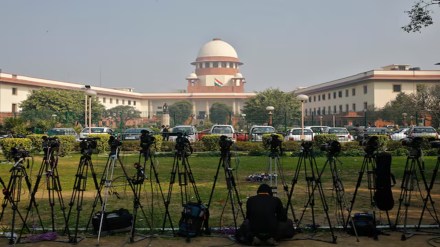The Supreme Court’s (SC) rejection of the takeover of Bhushan Power & Steel (BPSL) by JSW Steel, via the insolvency route, is sound on legal grounds. The two-judge Bench was in no doubt that the provisions of both the Insolvency and Bankruptcy Code (IBC) as also the corporate insolvency resolution process were contravened. In a scathing indictment of JSW Steel, the Committee of Creditors (CoC) and the Resolution Professional (RP), the court charged them with covering up gross violations of the rules at every stage. The National Company Law Tribunal (NCLT) hasn’t been spared either. In particular, the SC is understood to have flagged the use of convertible debentures to pay for the purchase of the company, which was not part of the resolution plan. The court found no material evidence or affidavit put on record by JSW, to show that the committed equity amount of Rs 8,550 crore, as contemplated in the plan, was, in fact, infused. In other words, the purchase of Bhushan Steel was not funded entirely by equity capital as was envisaged in the resolution plan.
Moreover, the RP didn’t just disregard the rules; he also ignored the mandatory timelines. Unbelievable as it may seem, the effective date for the resolution plan was stretched without taking the necessary permissions. The court observed there was “nothing on the record” to show how, when, and by whom the effective date as envisaged in the resolution plan was extended. In fact, not only did the RP fail to file any application asking for an extension, he even failed to submit the resolution plan approved by the CoC before the prescribed timeline for doing so. The lenders have been charged with not using their “commercial wisdom” and changing their stance — they expressed grievances and made serious allegations in the court, against JSW, but accepted the Rs 19,350 crore, without any regard for compliance with the rules.
The court has highlighted how, while the e-voting process to secure the lenders’ nod was complete by October 16, 2018, the plan was placed before the NCLT, four months later on February 14, 2019. While there could have been valid reasons for the delay, the RP did not furnish any explanation to explain the delay. Also, while the operational creditors had to be given priority while making payments — in accordance with the law — the resolution plan prioritised the dues of the financial creditors. Several other transgressions have also been highlighted in the judgment which makes it clear that interested parties are willing to break the law to achieve their ends. The punishment for such crimes must be severe.
The point, however, is that the court has taken too narrow a view by ordering liquidation of BPSL. It would mean unravelling a four-year-old transaction and will have a serious impact on the creditors, primarily the banks. After having taken a 60% haircut to try and get a resolution, the banks could be staring at bigger losses. One doesn’t know why the company could not be put on the block again for new bidders. That way, the value for the distressed asset could be maximised as is the objective of the IBC. More importantly, the judgment deals a severe blow to the credibility and sanctity of the insolvency process. No resolution applicant would risk submitting a plan if it could be undone long after being put into effect.
